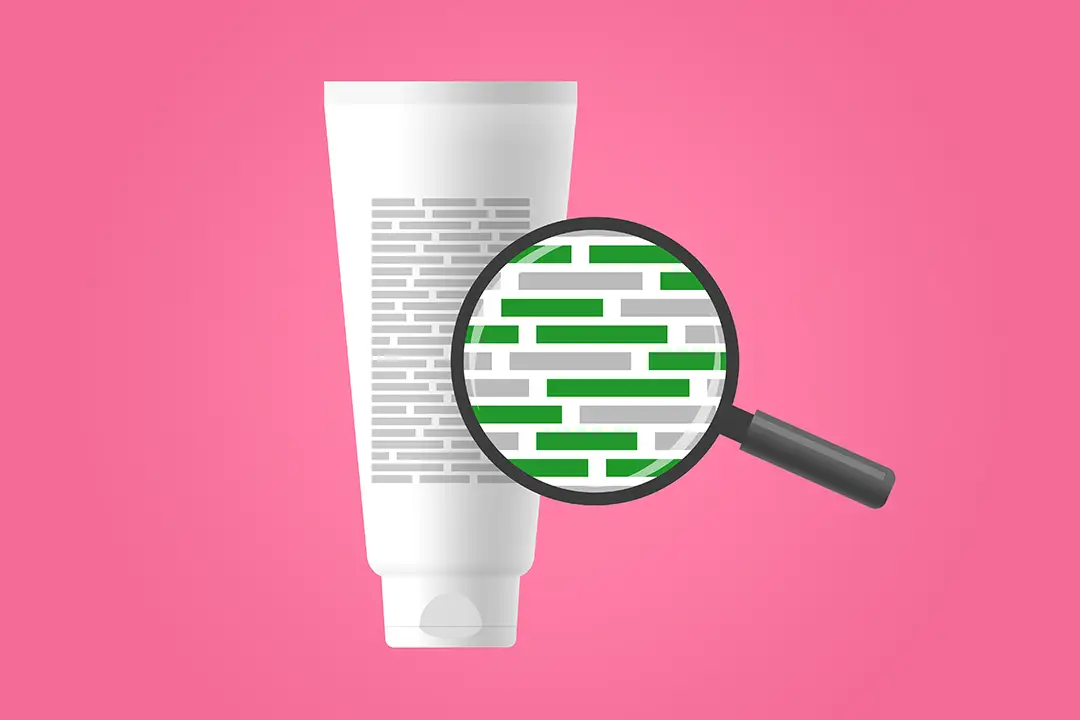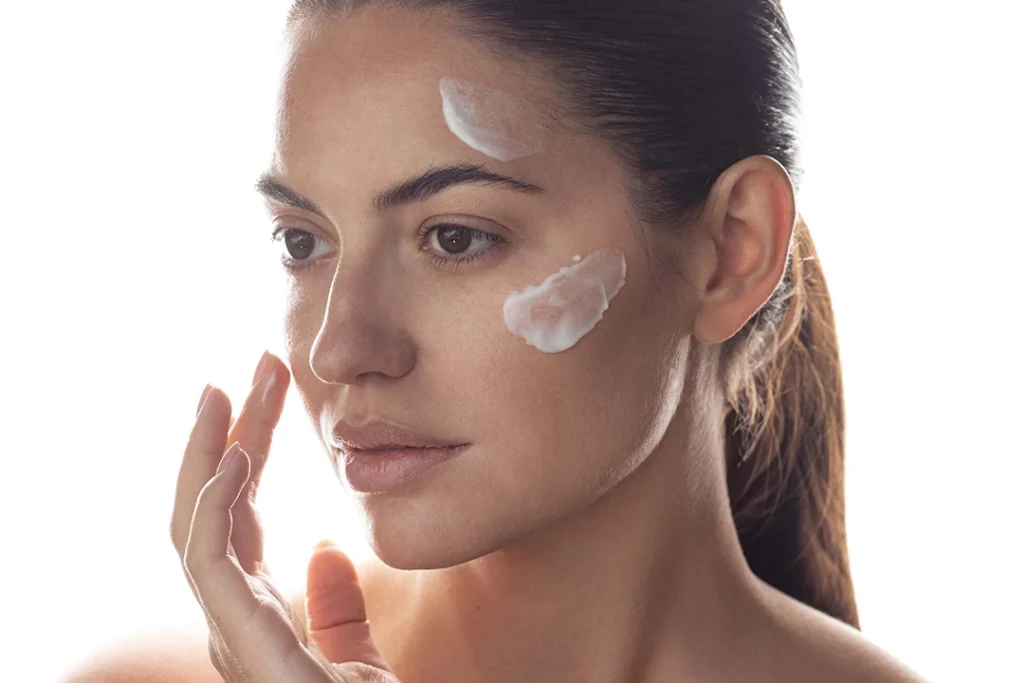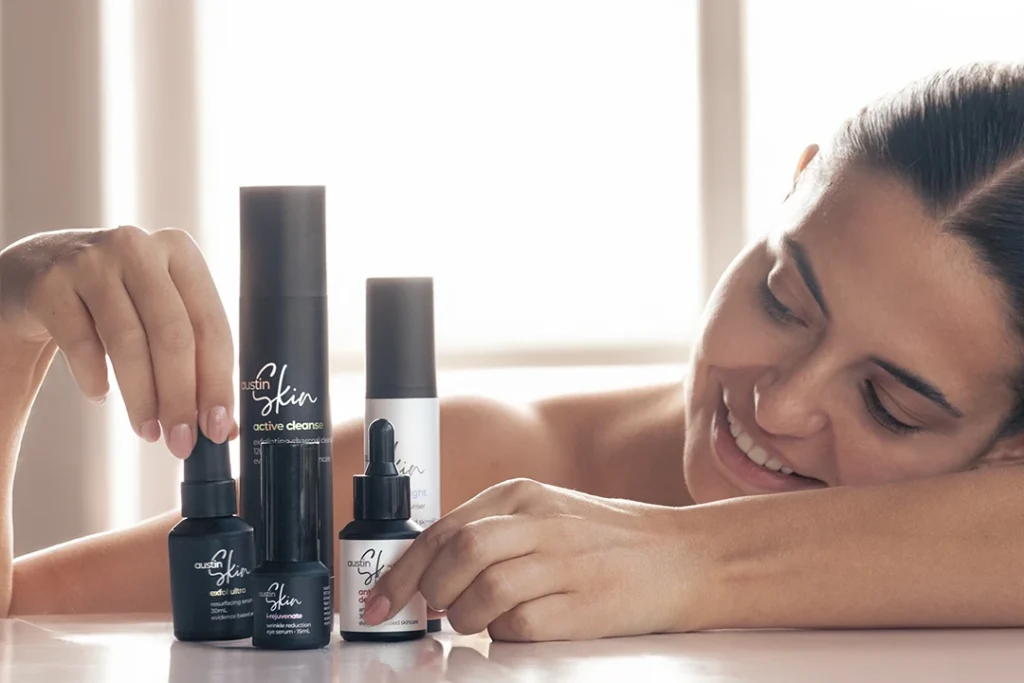Not all skincare ingredients are created equal – not by a long shot. The front of the packaging may offer softer, smoother, more youthful skin, but behind that promise you often find product ingredients that can do more harm than good. Despite being widely used, some ingredients are particularly troubling in their possible link to health issues.
The skin team at Austin Clinic created this article to help you identify and avoid harmful ingredients to safeguard your skin and overall well-being.
Regulators Are Working to Protect You
Yes, regulations do exist. “Product labelling and safety for cosmetics is regulated by the Australian Competition and Consumer Commission (ACCC),” explains the Therapeutic Goods Administration (TGA). They regulate medicines and products that are marketed for therapeutic use under the Therapeutic Goods Act 1989.
Despite these safeguards, the skincare industry remains somewhat unregulated, allowing potentially harmful ingredients to slip through the cracks.
Top 4 Unsafe Skincare Ingredients: See Them and Run
The list of potentially concerning skincare ingredients is extensive. That being said, here are some common ones to watch out for:
Parabens: These preservatives have been linked to potential endocrine disruption, skin sensitivities, and allergies. “The skin sensitivities and allergies occur by repeated exposure of parabens to the skin, and then the immune cells in the skin slowly but significantly mount an immune response when parabens subsequently come into contact with the skin,” reports Elle Magazine.
Phthalates: This group of chemicals is most commonly used in making plastic flexible. The obvious question: what’s it doing in my skincare product? Good question. They also act as binding agents or solvents. Phthalates are associated with endocrine disruption and reproductive health concerns.
Sulphates: Sulphates like sodium lauryl sulphate (SLS) and sodium laureth sulphate (SLES) help beauty products foam. Unfortunately, they also strip away natural oils, leading to dryness and irritation.
Preservatives made with formaldehyde: These can cause skin irritation and allergies, with potential long-term health concerns. It is tricky to identify chemicals that release formaldehyde as they are listed by names including, “DMDM hydantoin, methylene glycol, quaternium-15, and 3-dioxane,” reports Byrdie.
Decoding the Label Labyrinth
Navigating ingredient lists can feel like deciphering hieroglyphics. Here are some tips to help you identify potential red flags:
Read the full list of ingredients, not just those highlighted by the manufacturer: Don’t be fooled by front-of-package claims. Scrutinise the full ingredient list, which goes from highest to lowest concentration.
Recognise potential aliases: Many harmful ingredients go by various names. An Austin skincare expert can help you learn the language.
Beware of vague terms: Fragrance or parfum mask a multitude of chemicals. Opt for products disclosing individual fragrance ingredients.
Do a deep dive: Don’t hesitate to research unfamiliar ingredients to understand their potential risks and benefits. The Austin Clinic team is ready to help resolve your questions.
Dos and Don’ts: Know Your Skin
Not all ingredients on this list are inherently harmful. The potential risks often vary depending on concentration, individual sensitivities, and long-term exposure. For this reason, you should focus on creating a personalised skincare routine. To help you get there, follow these simple dos and don’ts:
Do Assess Your Skin Type (An Austin Clinic expert can help.): Is your skin dry, oily, reactive to certain products? It’s not just sensitive skin that requires special attention. In general, avoid harsh ingredients. Opt for gentle, fragrance-free formulations.
Do a Patch Test: Apply a small amount of any new product to your inner arm and wait 24 hours to check for reactions.
Don’t Self-Diagnose: If you have concerns or sensitive skin, seek professional guidance for personalised recommendations.
Show Your Skin the Love (and Ingredients) It Deserves
Healthy skin starts with informed decisions, allowing you to choose products that truly nourish and protect your unique needs. To do that, empower yourself with the knowledge to make mindful ingredient choices. It’s all about you.
What works for one person might not be ideal for another. Listen to your skin and adjust your skincare regimen accordingly. If you need more help, the professionals at Austin Clinic are ready with everything you need to help you be your best self.




